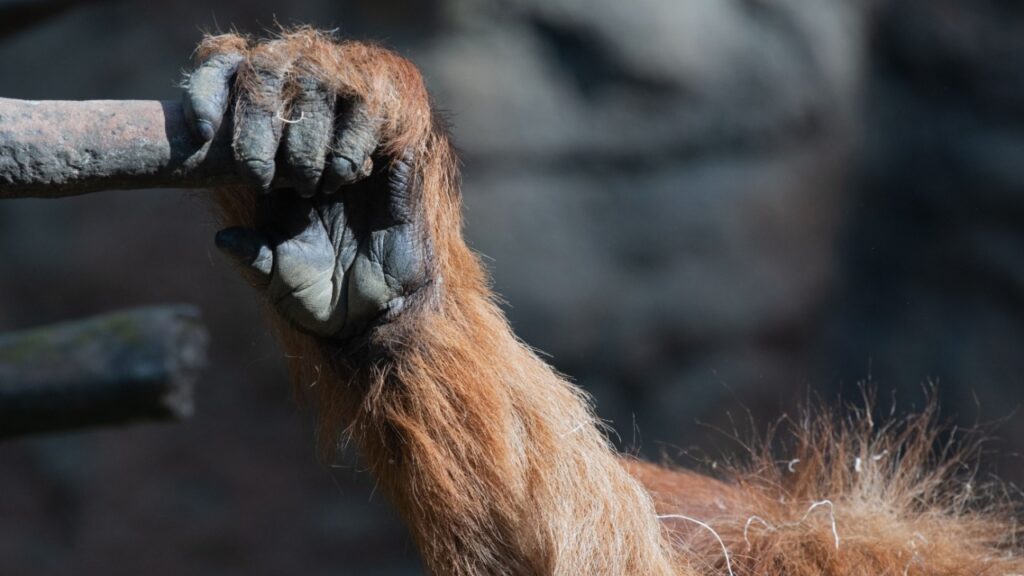Nature never ceases to amaze us with its incredible adaptations. Among these marvels are animals that have developed astonishingly powerful grips. These creatures use their super-strong holds for various purposes, from hunting and climbing to simply hanging on for dear life. While most of these animals make sense, there were a couple on here that surprised me, but were definitely worthy of being included.
Koala
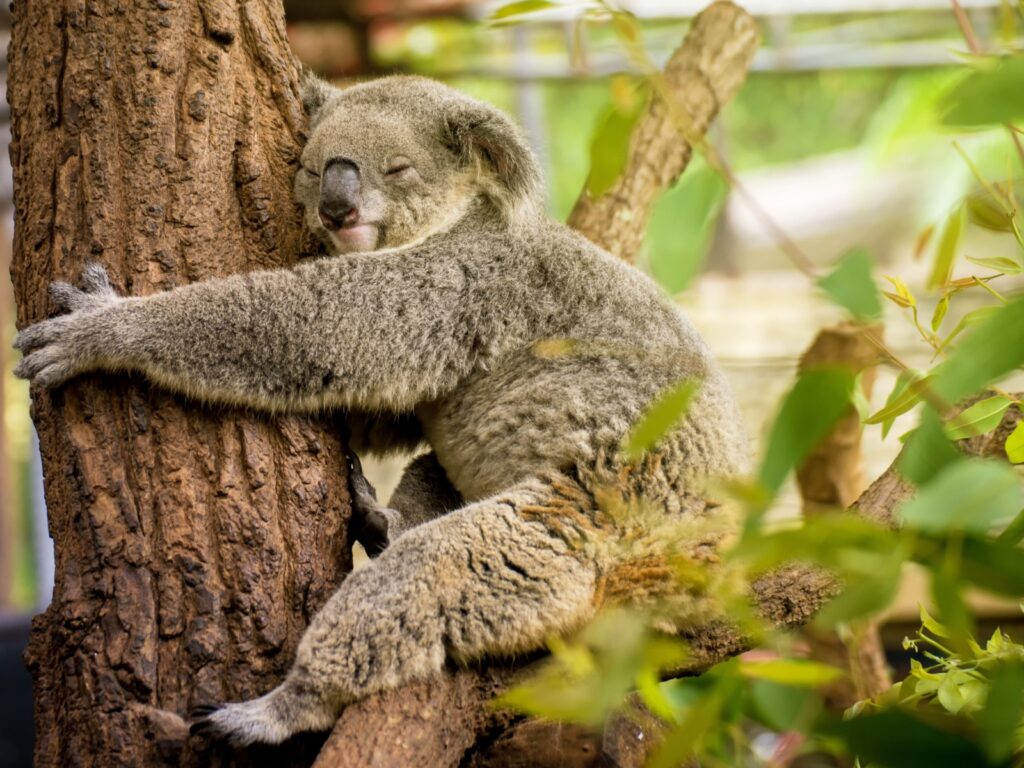
Koalas might look cuddly, but they’re equipped with some seriously strong grips. Their hands and feet have long, curved claws that help them cling to tree branches for hours on end. Koalas also have rough pads on their palms and soles, which provide extra friction. Their unique hand structure allows them to grip branches tightly while sleeping, ensuring they don’t fall from their treetop homes.
Gecko
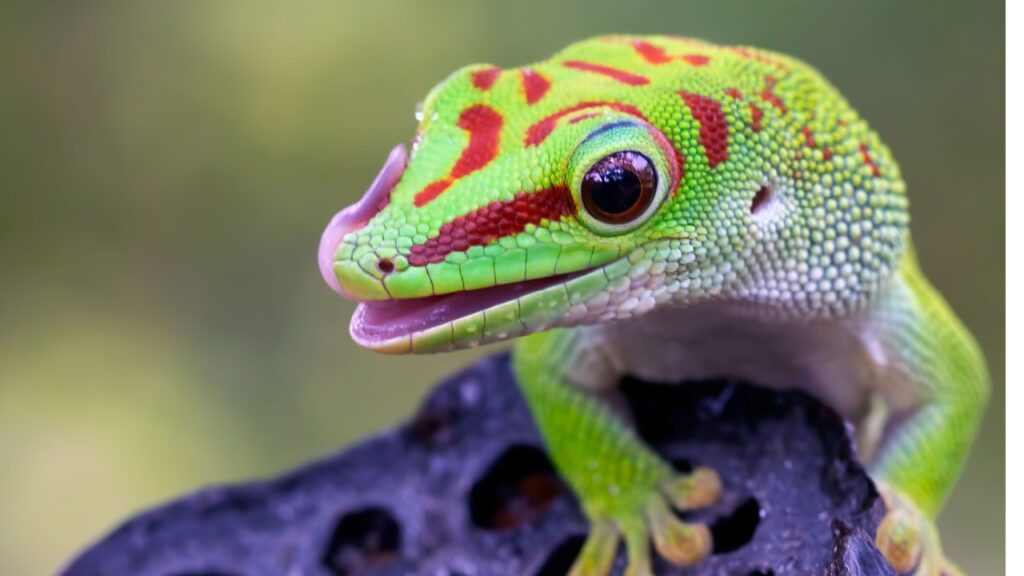
These small lizards are famous for their ability to climb smooth surfaces, even upside down. Geckos have millions of tiny hair-like structures on their toes called setae. These setae create a strong molecular attraction to surfaces, allowing geckos to stick to almost anything. Their grip is so strong that a gecko can hold up to 400 times its own body weight!
Sloth

Sloths are masters of hanging around, quite literally. Their long, curved claws act like natural hooks, perfect for gripping tree branches. A sloth’s grip is so strong that they often remain hanging from branches even after death. Their unique arm muscles allow them to support their entire body weight with minimal effort, making them true experts at energy conservation.
Chameleon
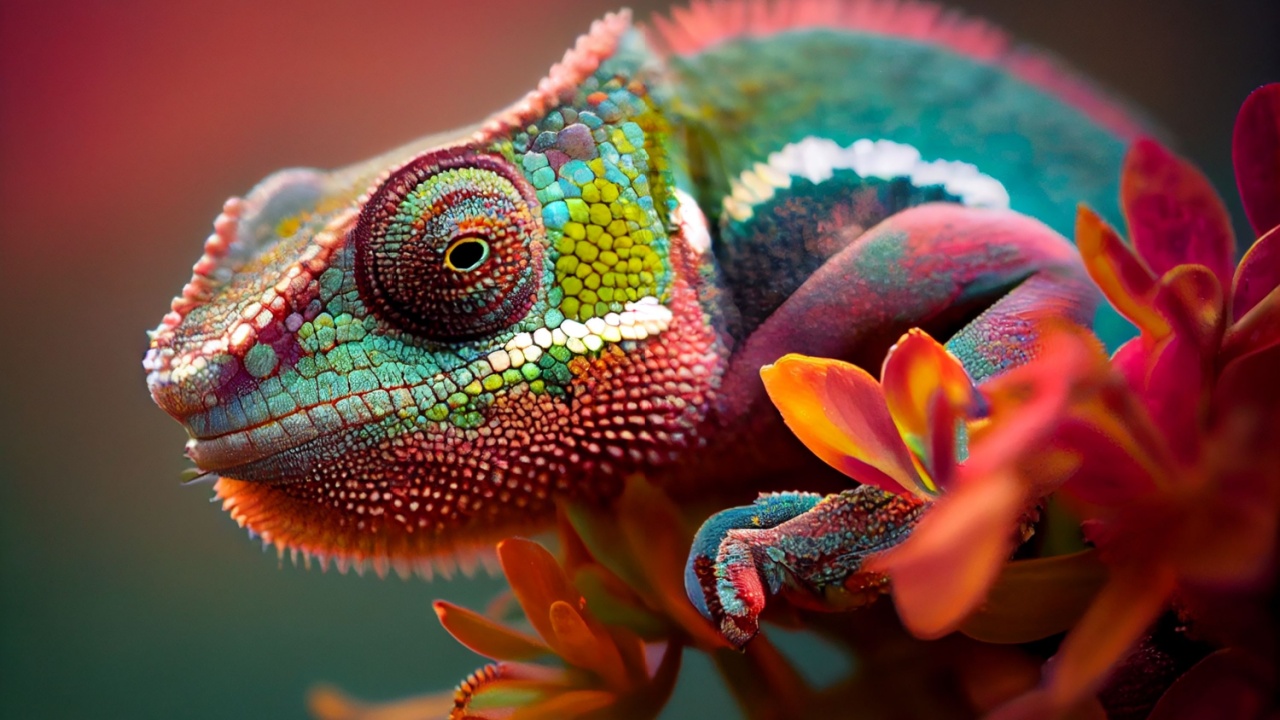
Chameleons are known for their color-changing abilities, but their gripping skills are equally impressive. These lizards have specially adapted feet with toes that are fused into opposable groups. This zygodactyl foot structure allows chameleons to grasp branches securely as they move through trees. Their prehensile tail acts as a fifth limb, providing extra support and grip when needed.
Gorilla
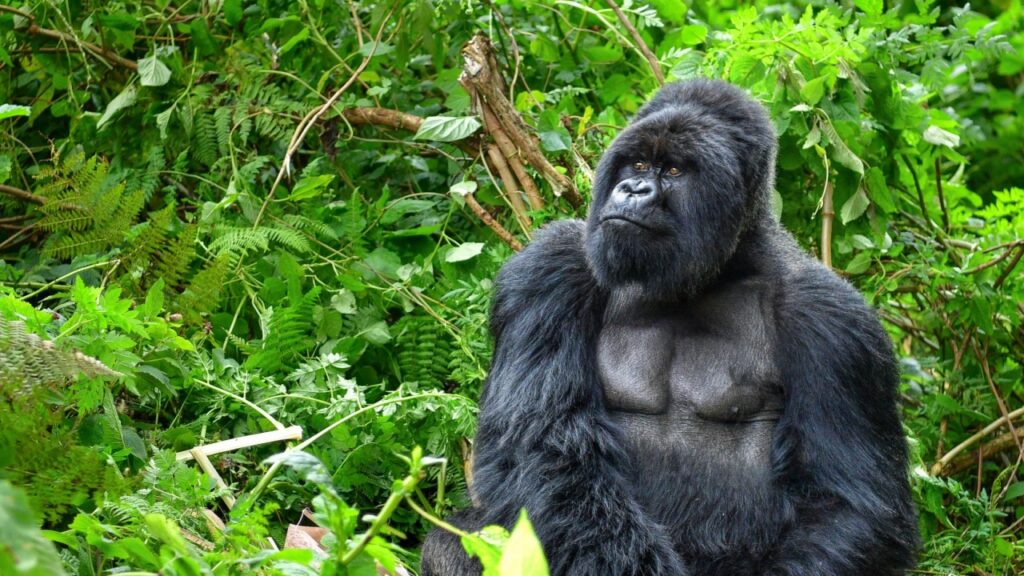
As one of our closest relatives in the animal kingdom, gorillas share our opposable thumbs. However, their grip strength far surpasses ours. A gorilla’s hand is much larger and more powerful than a human’s, with thick fingers and a strong palm. Their incredible grip strength allows them to effortlessly climb trees, manipulate objects, and even crack open tough nuts.
Octopus

Octopuses are known for their intelligence, but their gripping abilities are equally remarkable. Each of their eight arms is lined with hundreds of suction cups. These suckers can operate independently, allowing octopuses to manipulate objects with incredible precision. Their grip is so strong that they can open jars, hold onto slippery prey, and even use tools.
Tardigrade

Also known as water bears, tardigrades are microscopic animals with an outsized grip. These tiny creatures have claws on each of their eight legs, allowing them to cling to surfaces in their watery habitats. Their grip is so strong relative to their size that they can withstand extreme conditions, including high pressures and even the vacuum of space.
Python

Pythons may not have hands, but their grip is one of the strongest in the animal kingdom. These snakes use their powerful bodies to constrict prey, squeezing with a force that can stop blood flow. Their scales are also adapted for gripping, with tiny ridges that provide traction as they move or climb. A python’s grip is so strong that it can overpower animals much larger than itself.
Opossum
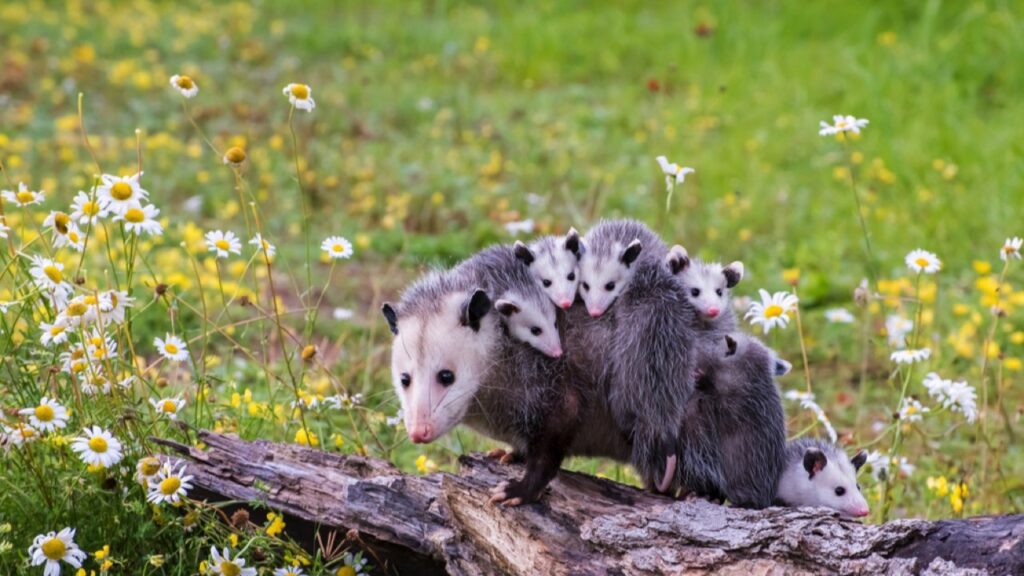
Opossums are equipped with prehensile tails, which they use like an extra limb for gripping and balance. Their tails are strong enough to support their entire body weight, allowing them to hang from branches while foraging. Opossums also have opposable thumbs on their hind feet, giving them an extra strong grip for climbing and manipulating objects.
Goliath Bird-Eating Spider
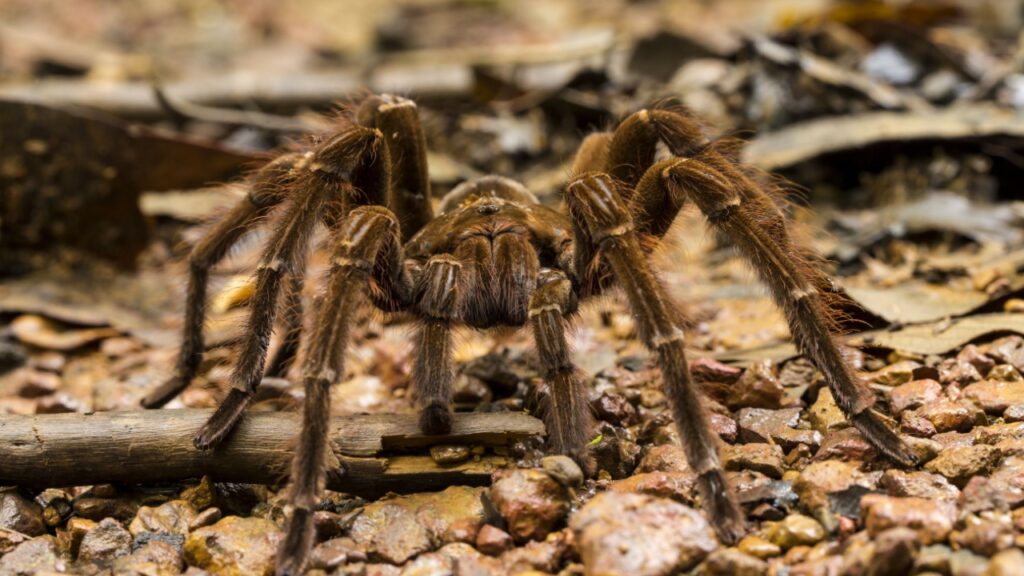
Despite its name, this massive arachnid rarely eats birds. However, its grip is certainly strong enough to catch them if it wanted to. The Goliath bird-eating spider has large, powerful legs tipped with sharp claws. These claws allow it to grip and climb with ease, even on smooth surfaces. Its strength and size make it a formidable predator in its South American habitat.
Giant Anteater
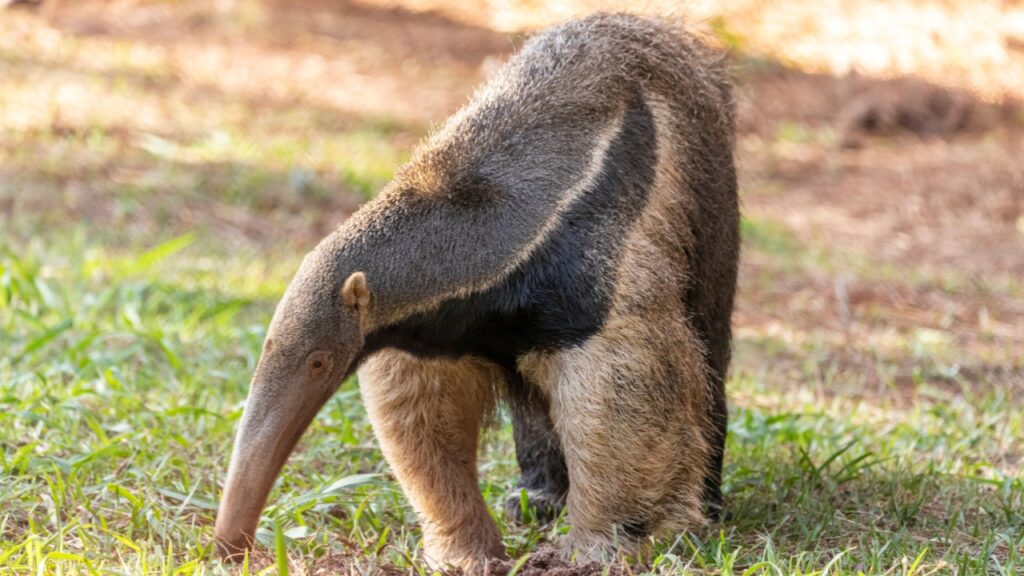
The giant anteater’s powerful grip comes from its large, curved claws. These claws are so strong that the anteater walks on its knuckles to avoid damaging them. When threatened, an anteater can use its grip to defend itself against predators as large as jaguars. Its strong grip also helps it tear open termite mounds and ant nests to reach its favorite food.
Pangolin
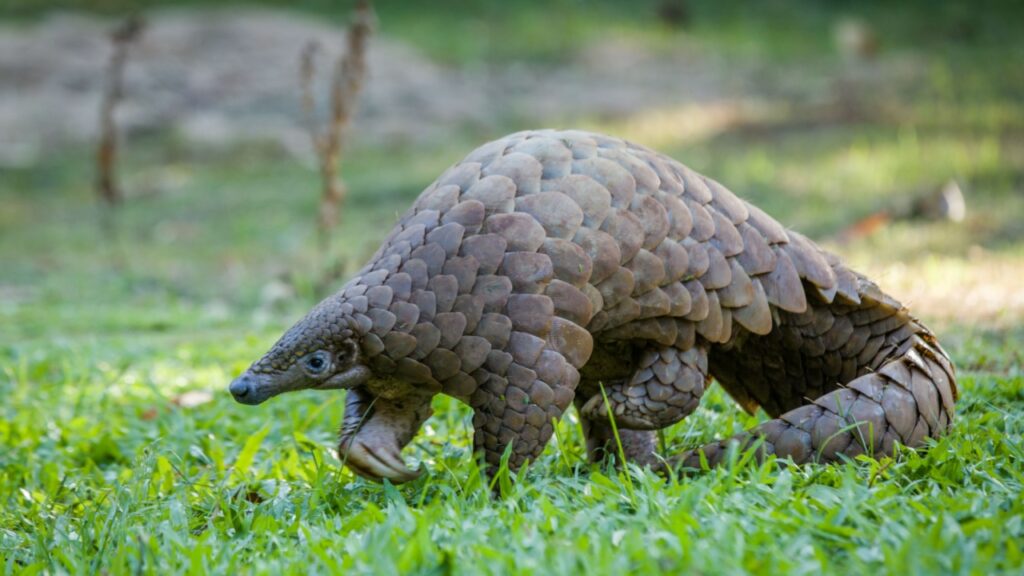
Pangolins are unique mammals covered in scales, but their grip is just as remarkable as their armor. They have long, curved claws that are perfect for digging and gripping. Pangolins can use their strong grip to climb trees and hang from branches using their prehensile tails. Their powerful grip also helps them cling tightly to their mothers when they’re young.
Red-Eyed Tree Frog
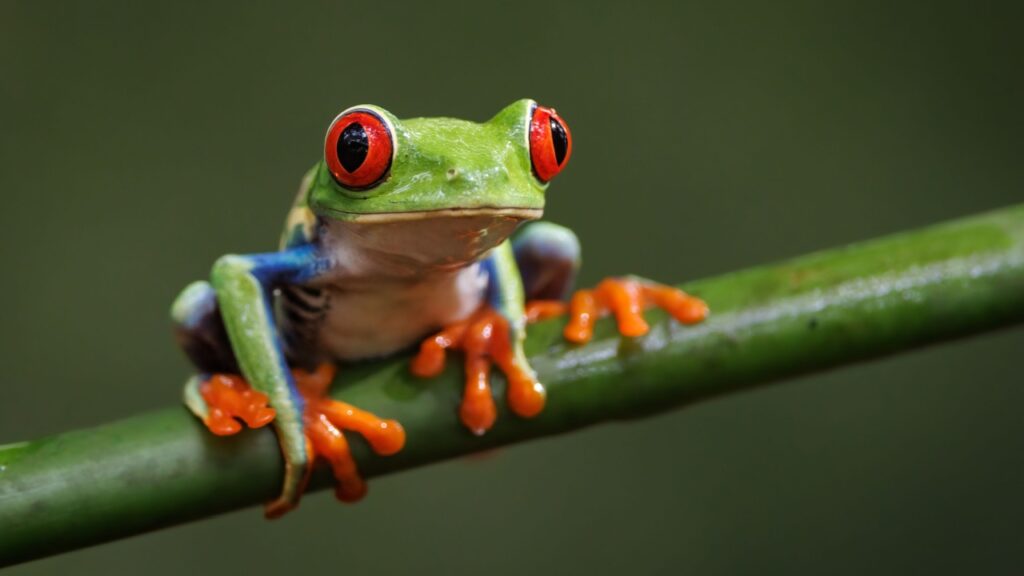
These colorful amphibians have specially adapted toe pads that give them an incredibly strong grip. The pads are covered in tiny structures that create friction and allow the frog to stick to smooth leaves and branches. This strong grip helps them stay safe from predators and move easily through their treetop homes. Red-eyed tree frogs can even sleep while gripping vertical surfaces!
Orangutan
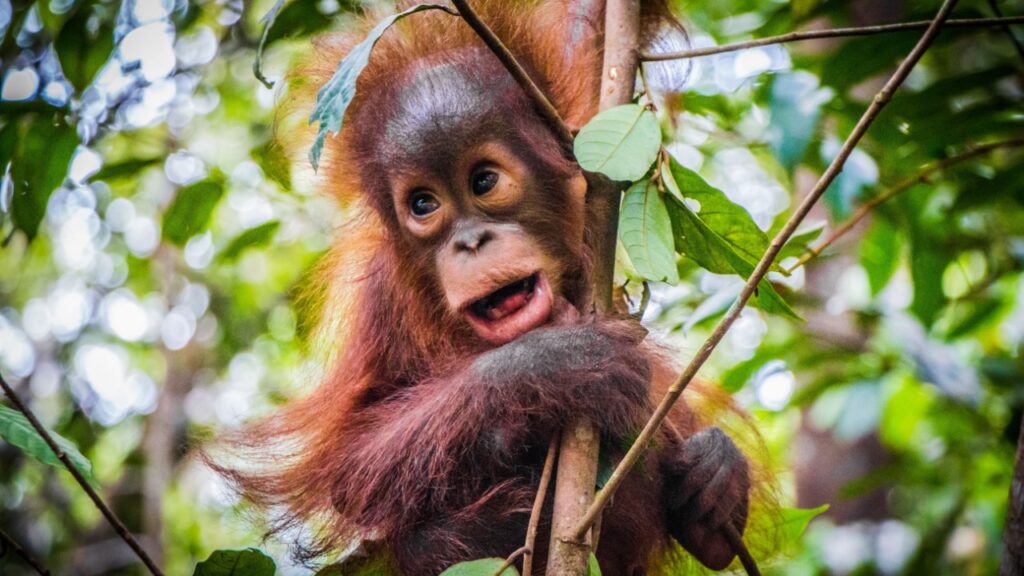
Orangutans are arboreal apes with incredibly strong grips. Their long, powerful arms and curved fingers are perfectly adapted for life in the trees. An orangutan’s grip is strong enough to support its entire body weight with just one hand. This allows them to swing effortlessly from branch to branch and even make tools to help them reach food.
Praying Mantis

Don’t let its delicate appearance fool you – the praying mantis has a grip of steel. Its forelegs are equipped with sharp spines and powerful muscles, allowing it to snatch prey with lightning speed. Once a mantis has something in its grip, it’s nearly impossible for the prey to escape. This strong grip, combined with its patience and camouflage, makes the praying mantis a highly successful predator.

